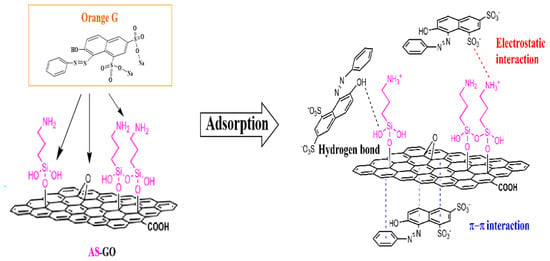Adsorption of Orange G in Liquid Solution by the Amino Functionalized GO
Abstract
Share and Cite
Yang, Z.; He, C.; Liao, W.; Zhang, X.; Liu, W.; Zou, B. Adsorption of Orange G in Liquid Solution by the Amino Functionalized GO. Separations 2022, 9, 391. https://doi.org/10.3390/separations9120391
Yang Z, He C, Liao W, Zhang X, Liu W, Zou B. Adsorption of Orange G in Liquid Solution by the Amino Functionalized GO. Separations. 2022; 9(12):391. https://doi.org/10.3390/separations9120391
Chicago/Turabian StyleYang, Zhiquan, Chong He, Wenning Liao, Xinyi Zhang, Wanhui Liu, and Baosheng Zou. 2022. "Adsorption of Orange G in Liquid Solution by the Amino Functionalized GO" Separations 9, no. 12: 391. https://doi.org/10.3390/separations9120391
APA StyleYang, Z., He, C., Liao, W., Zhang, X., Liu, W., & Zou, B. (2022). Adsorption of Orange G in Liquid Solution by the Amino Functionalized GO. Separations, 9(12), 391. https://doi.org/10.3390/separations9120391






